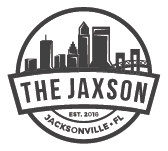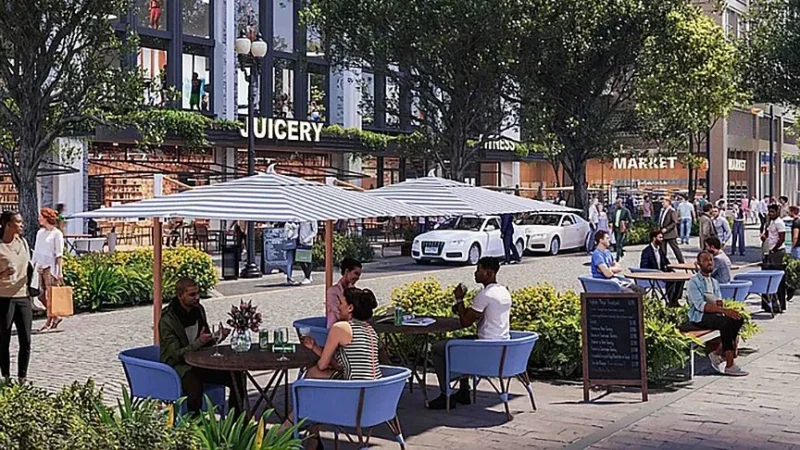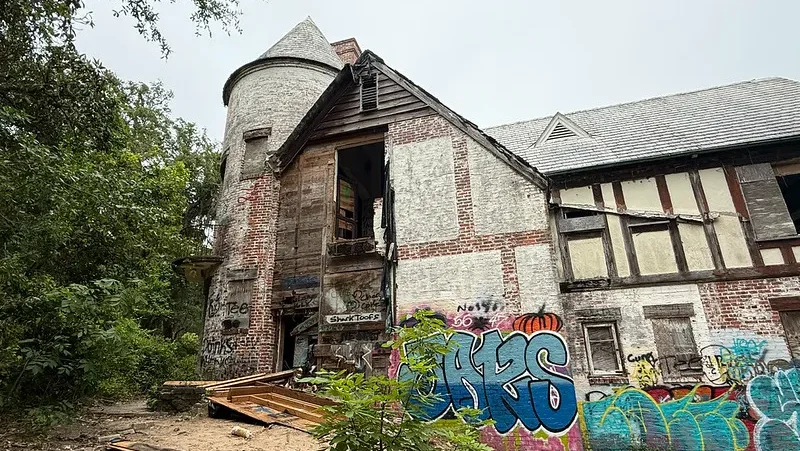
As JTA’s Ultimate Urban Circulator faces growing scrutiny from Jacksonville City Council members, it’s worth turning our gaze westward to Tucson, Arizona, a smaller, less dense city that’s managed to do what Jacksonville has not: build a thriving modern streetcar network, the Sun Link.
The NAVI experiment: Big price, small returns

Jacksonville’s latest mobility experiment, the NAVI autonomous vehicle network, launched with great fanfare on June 30, 2025. Hailed as the nation’s first public transit system to rely entirely on self-driving Ford transit vans, the project connects Downtown Jacksonville to the Sports & Entertainment District along Bay Street. The $66 million system costs an additional $7.3 million a year to operate and maintain.
Despite the hype, the initial results have been disappointing, something The Jaxson has predicted for several years. The autonomous technology remains unproven, requiring human drivers to take control for safety. Riders have shown little interest in slow-moving vans operating along a limited corridor with few meaningful destinations. On event nights and weekends, when convenient transportation is needed most, NAVI service is often suspended and lacks the capacity to serve large crowds.
Between June and October 2025, the service averaged just 76 passengers per day. Many of those, insiders admit, were JTA employees riding on the taxpayers’ dime to inflate numbers. Now, software issues threaten to sideline NAVI’s self-driving features for half a year, a costly setback for an experiment that has yet to prove its worth.
Tucson’s Sun Link: A proven success

While NAVI will continue to fail at attracting riders, it’s important that an experiment featuring Ford Transit vans should not be taken as an indictment on tried and true mass transit technologies or proof that Jacksonville doesn’t have density to support various forms of fixed mass transit at an equal or lower cost to local taxpayers.
Tucson is the second-most populous city in Arizona with a 2024 population of 554,013, while the metropolitan statistical area has an estimated 1.08 million residents. Jacksonville is the 10th-most populous U.S. city with a 2024 population of 1,009,833. The Jacksonville metro area is home to more than 1.76 million residents. Despite being much smaller than Jacksonville and just as suburban, Tucson has operated a modern streetcar system for more than a decade now.
Opened in July 2014, Tucson’s Sun Link connects the Arizona Health Sciences Center, the University of Arizona, Downtown Tucson, and the city’s Mercado District across the Santa Cruz River. The 3.9-mile line built for $196 million, or $50.3 million per mile, was a targeted investment: a reliable, permanent transit spine designed to tie together the city’s most active pedestrian-friendly destinations.
Utilizing a fleet of eight 156 passenger streetcars, the line had a ridership of nearly 4,400 per weekday as of the second quarter of 2025. That’s roughly 4,120 more daily riders than the 280 NAVI’s Bay Street corridor hopes to attract by 2035.
Tucson leaders invested in Sunk Link with the hope that it would increase transit use and spur Downtown redevelopment, and it has played a critical role in making that 2014 dream materialize.
Beyond transit, it’s become a development engine. According to research published in the Harvard Law & Policy Review, half of Tucson’s population and housing growth between 2014 and 2021 occurred along the streetcar corridor. Real estate investment surged by $2.5 billion, and annual city tax revenues jumped 30%, adding $13 million each year.

Urban planning expert Arthur C. Nelson puts it plainly: “Tucson’s streetcar has lived up to, if not exceeded, expectations. It’s one of the best-planned systems in the nation, linking a major medical center, one of the country’s largest universities and key commercial and cultural districts.”
Sun Link’s lesson for Jacksonville
Jacksonville’s City Council are right to question pouring hundreds of millions more into an unproven fleet of autonomous vans. But they should not mistake NAVI’s shortcomings as proof that fixed transit can’t work here.
Tucson — smaller, more sprawling, and just as car-dependent — demonstrates that strategic, permanent investments in proven transit technologies can transform a city’s growth trajectory.
The success of Sun Link wasn’t about density; it was about connecting the right destinations with reliable, visible infrastructure that people trust. If Jacksonville wants to move forward, it must learn from cities like Tucson, not fear them. Innovation doesn’t mean chasing gimmicks, it means investing smartly in what works.







